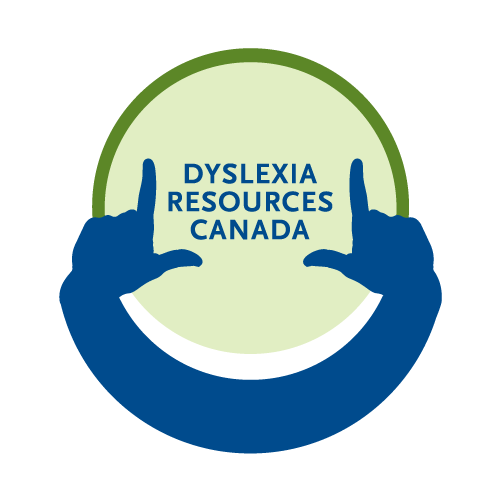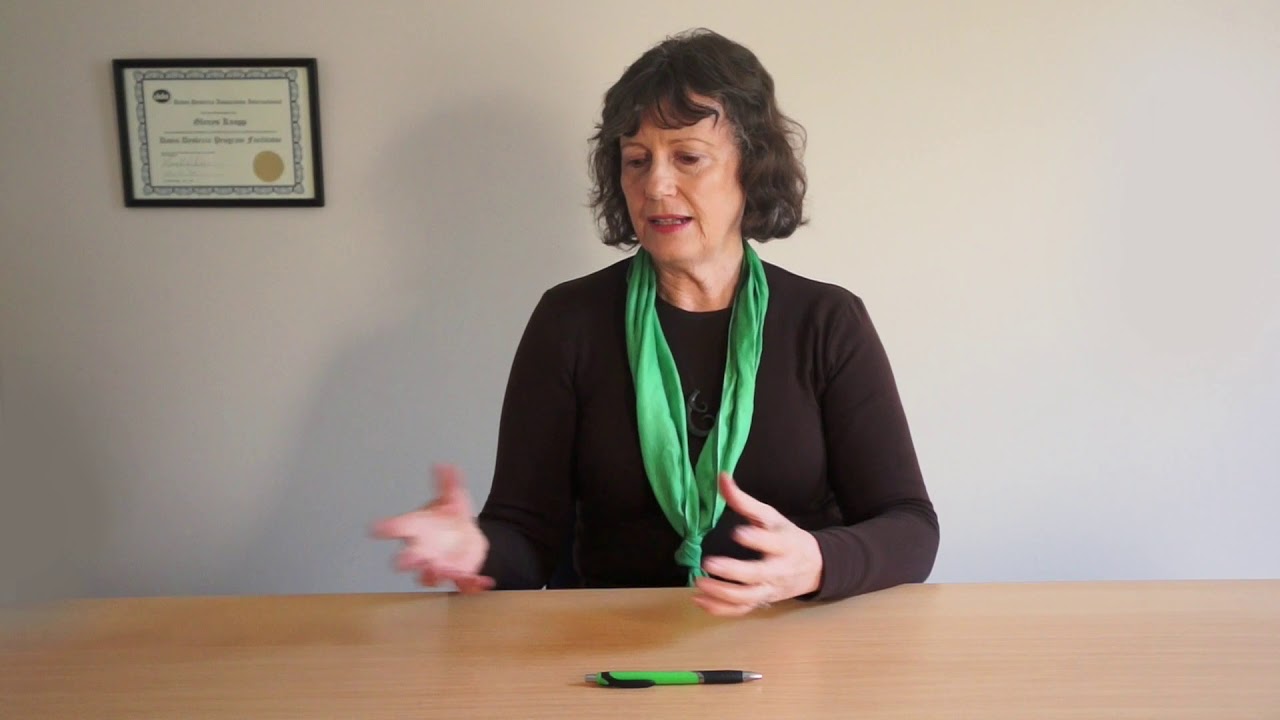Dyspraxia and Everyday Life
Going on a first dinner date is nerve-wracking enough, but imagine doing this while being dyspraxic! Think of all the required coordination skills such as clicking glasses, using two utensils at a time, trying to eat soup with a spoon and keeping the soup on the spoon til it reaches hopefully your mouth. Then after eating, you need to use the washroom which means orchestrating pulling out your chair while sitting on it, getting up and then putting chair back to the table all in one easy move and then proceeding to walk effortlessly to the washroom. This is an insurmountable task for the one with coordination issues! This simple feat can be quite horrifying and humiliating! And then if it is a good date, dancing may follow? UGH!
Dyspraxia is not in the headlines like its cousin dyslexia because it doesn’t always affect learning. We often centre ourselves on the tasks of writing, spelling, reading, and math. Who cares if you can’t hit a ball with a bat? But what a dyspraxic or overly clumsy child faces is humiliation. It is embarrassing to be the last picked for a team or if you get on a team, people getting mad at you because you missed the mark.

Rachel Barwell, a Davis facilitator from New Zealand, would certainly support the claim of embarrassment and humiliation. People often at first glance saw her as being athletic as she stood tall above everyone, but were soon disappointed to see the physique didn’t match the skill. She ended up sitting on the sidelines.
“People don’t see the strategy that is put into place in a dyspraxic’s mind,” says Rachel. She describes a business-type luncheon “as a scramble, balancing a cup of tea with saucer and spoon, having a serious conversation while your shoulder handbag constantly slipping.” If that wasn’t stressful enough, “but then to be offered a muffin on top of it, is a sheer juggling feat. And of course, people like to talk with you once you just bit into some food” she says.
The child finds it harder than other kids to join in playground games and will often fidget more than others. Some find it more difficult to learn a new skill that others pick up automatically. Cutting a straight line with scissors, or pasting cutouts without getting glue all over are common tasks that can be challenging. Getting dressed such as buttoning or zipping up makes them the last one out for recess. It’s embarrassing!
Of course, there is a list of coping strategies (as there are in other areas of learning) when facing clumsiness. One major coping mechanism is avoidance. Children will avoid many sports activities. Adults may avoid getting in and out of a bathtub and choose showering instead or may choose to sit down to dress to avoid falling over. One common element is the fatigue these people face. The conscious effort to try and coordinate and strategize and navigate to avoid clumsy accidents is exhausting.

So if you are one of those who have been described as “accident prone” or never outgrew the “awkward stage” and want to do those things like catch a ball or walk alongside another without bumping into them, there is hope. Ron Davis, in his book The Gift of Learning says dyspraxia is most commonly associated with an “auditory deficit disorder” and affects 2 to 4 percent of the population, but can also be described as “a clumsy form of dyslexia.” He explains that this clumsiness occurse when a person’s natural orientation is in a very unfavorable place.
Orientation Counseling, provided in all Davis Programs, provides a better option for those struggling with balance and coordination. About midpoint of the program, a coordination exercise comes into play where a person uses their orientation tools, stands on one foot, and catches koosh balls. This is a great accomplishment for those who are naturally clumsy and as the program moves forward, the more balanced the person becomes.
But does this really work? According to Rachel, “Absolutely! When I am oriented (in my case, aligned), I make fewer mistakes in the physical realm – stumbles, bumps, dropped items, cuts, bruises, missed catches, fewer accidents.”










